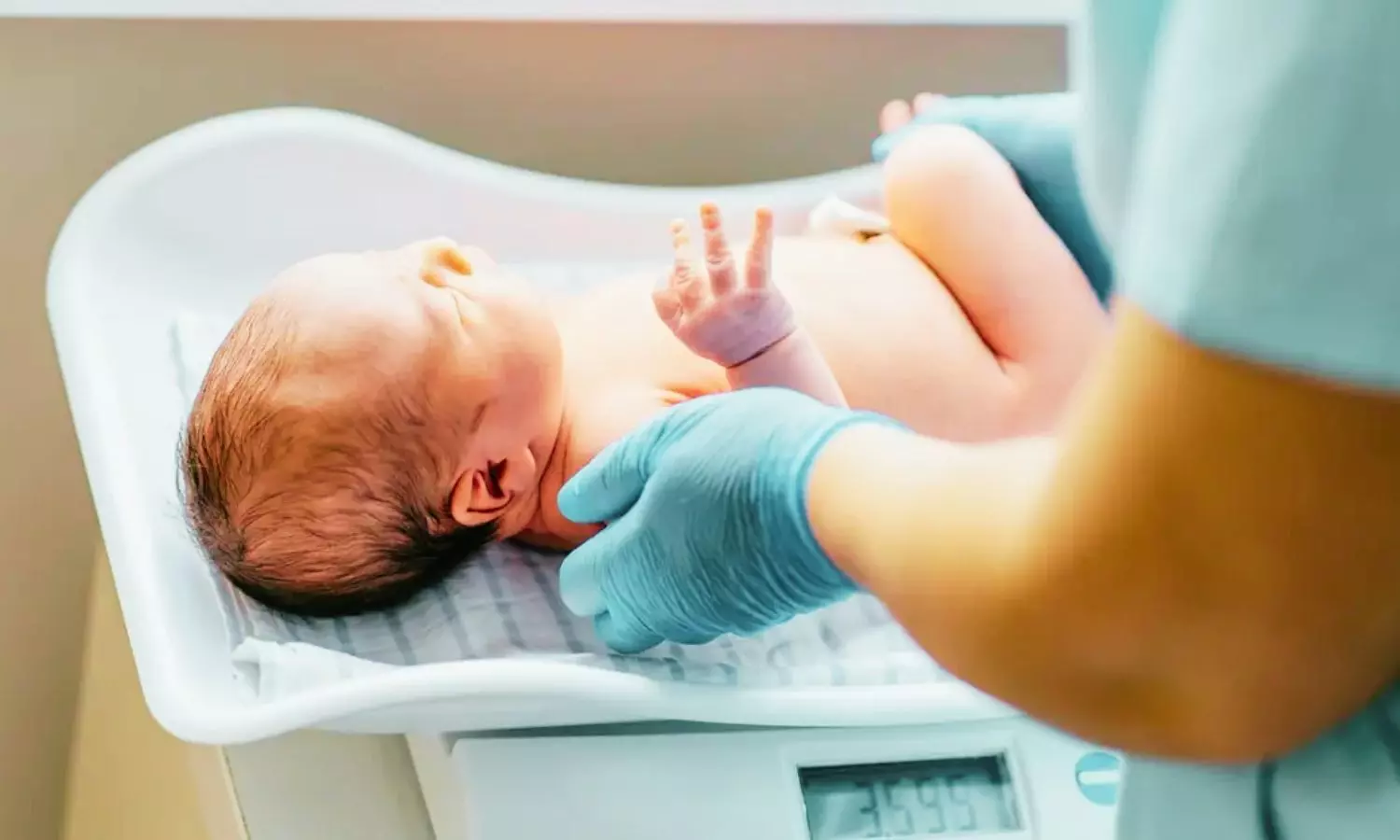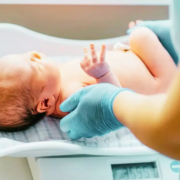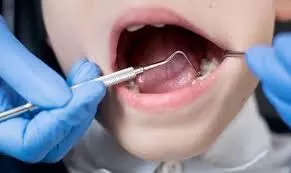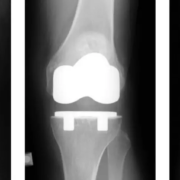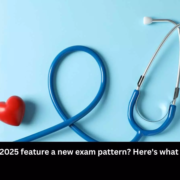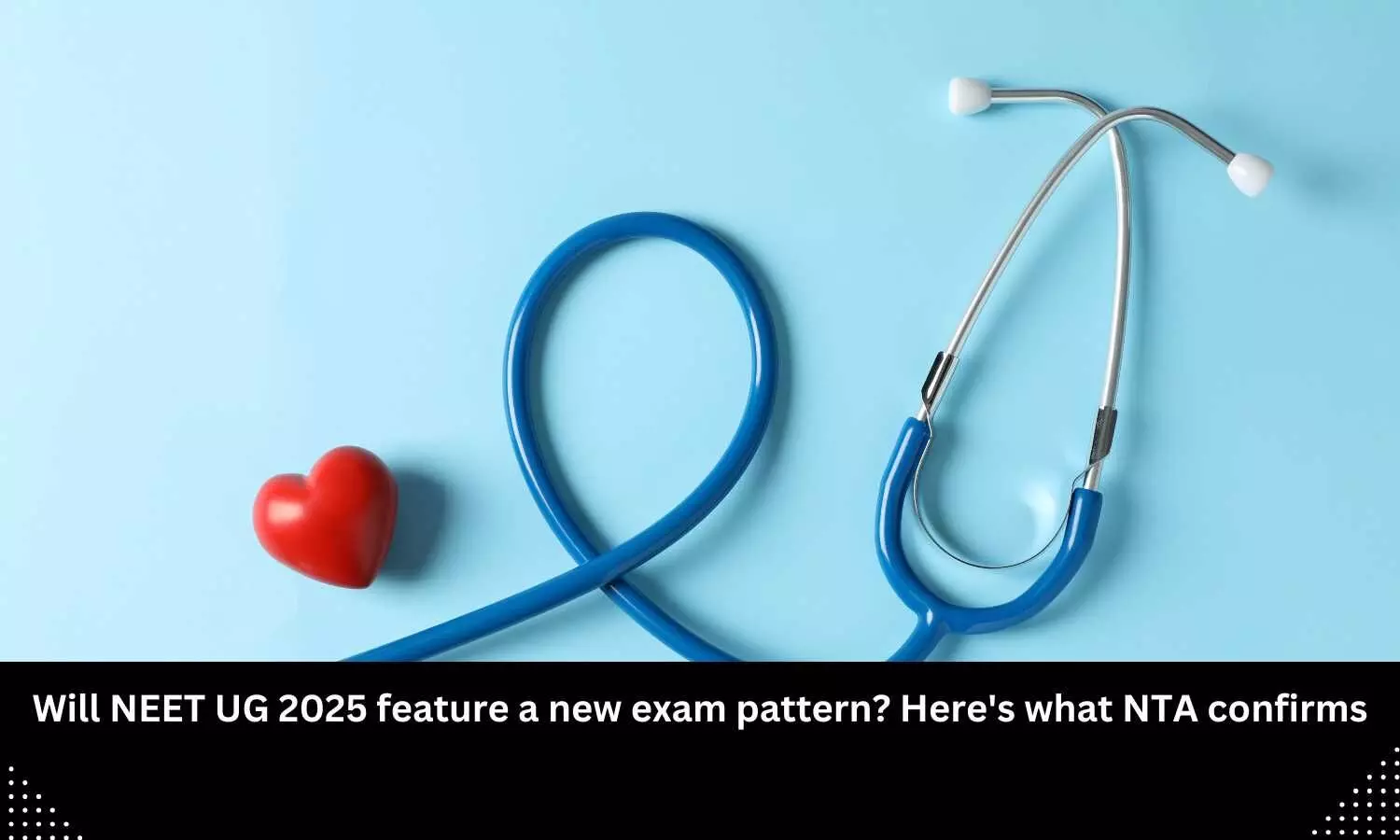Induction of labour is the deliberate initiation of the labour
process before it occurs naturally or spontaneously. An estimated 5% to 10% of
women reach gestational periods beyond 294 days or 42 completed weeks,
classifying them as post-term pregnancies. This demographic notably contributes
to the increased frequency of induced labour. Although induction of labour
stands as a prevalent intervention in obstetrics, it carries inherent risks and
necessitates careful consideration before implementation. Labour progresses
through three stages, with the initial phase marked by the cervix gradually
dilating, causing characteristic pain. As the cervix dilates, mucus that
protected against bacteria is often expelled. This dilation also weakens
support for the fetal membranes, potentially leading to their rupture and initiating
active labour. Ideally, regular uterine contractions begin when cells form low
resistance connections, allowing electrical signals to pass smoothly across the
uterus. If contractions start prematurely or if the cervix is not adequately
prepared, prostaglandins released from the membranes and uterine decidua
stimulate labour, leading to a slower dilation phase, which can be challenging
for the mother and increase infection risk. Induced labour is indicated in
women who have prolonged pregnancy, premature rupture of membrane (PROM)
(Preterm at ≥34 weeks in absence of other obstetric indications and term at ≥37
weeks.), intrauterine fetal death and maternal request.
Caesarean Section
The prevalence of caesarean sections has risen notably in both
developed and developing nations. The WHO systematic review suggests that
caesarean section rates of 10-15% are associated with decrease in maternal,
neonatal and infant mortality. When life is expected to be normal, why
shouldn’t childbirth be normal too?
Unnecessary caesarean sections are recognized to elevate
health risks for both the mother and the new-born, while also imposing
financial strains on healthcare budgets. The rising trend in caesarean
deliveries is influenced by healthcare providers’ safety perceptions,
obstetricians’ convenience preferences and healthcare system structures.
Mothers who deliver vaginally tend to recover faster postpartum and are better
equipped to care for their new-borns. Prostaglandins play pivotal roles in
parturition, specifically focusing on myometrial contraction. Elevated levels
of uterine prostaglandins or increased myometrial responsiveness to
prostaglandins induce contraction and initiate labour by promoting cervical
ripening. Hence, prostaglandins have been widely used for the induction of
labour. Induction of labour can be done by mechanical methods and
pharmacological methods.
Mechanical Modalities
Mechanical methods include hygroscopic dilators, which
functions by absorbing fluids from endocervical and local tissues. Balloon
devices exert mechanical pressure directly onto the cervix during inflation.
Membrane stripping increases enzyme activity, dilates the cervix and detaches
membranes from the uterus. Amniotomy can increase the release of prostaglandins
locally. Possible risks include cord problems, infections, fetal heart rate
changes, bleeding from placenta issues and fetal injury.
Pharmacological
Methods
1. Prostaglandins
Prostaglandins are naturally produced hormones in the body
and are important during the labour. Prostaglandins, produced both locally in
the cervix and uterus as well as from the fetal membranes, play a critical role
in cervical ripening and other processes of parturition, including uterine
contractility and the induction of labour. They are frequently used when the
ripening of cervix has not occurred with a Bishop score<6. It supports
cervical ripening and promotes the cervix to soften and stretch in preparation
for childbirth. Numerous prostaglandin formulations have been utilized for
labour induction, encompassing prostaglandin F2 alpha (PGF2α, dinoprost),
prostaglandin E2 (PGE2, Dinoprostone), prostaglandin E1 (PGE1) and misoprostol,
a synthetic analogue of PGE1.
2. Oxytocin
Oxytocin, a natural hormone, aids in uterine contractions
during labour. Its synthetic forms are used for induction globally. IV oxytocin
is administered as the cervix dilates. Dosage typically starts low (0.5-2.0
mU/minute) and increases every 15-60 minutes, with higher doses (up to 6.0
mU/minute) increasing every 15-40 minutes.
3. Mifepristone (Progesterone receptor antagonists)
Progesterone plays a crucial role in all stages of
pregnancy. It prevents uterine muscle contraction and helps maintain cervical
structure. When labour begins, progesterone withdrawal is necessary. Progesterone
receptor antagonists can induce labour by mimicking this withdrawal.
4. Nitric Oxide (NO) donors
Nitric oxide (NO) donors have been used to ripen the cervix
for first-trimester pregnancy terminations. Studies indicate that nitric oxide
metabolites rise in cervical fluid after ripening or manipulation, indicating
NO donors could be beneficial for labour induction. 9
5. Dinoprostone
PGE2, alternatively referred to as Dinoprostone, is an
endogenous compound that plays a pivotal role in labour induction. PGE2 prompts
myometrial contractions through direct stimulation, binding to EP1-4 G
protein-coupled receptors (GPCRs), initiating diverse downstream events
contingent on EP subtype and cell-specific expression patterns.
Dinoprostone is available in 2 formulations: a vaginal
insert and a cervical gel. Dinoprostone exhibits a sustained and controlled
onset of action and duration of effect, with a half-life ranging from 2.5-5
minutes. Both formulations necessitate cold storage to maintain chemical stability.
While the cervical gel enables faster release of Dinoprostone compared to the
vaginal insert, the latter provides a more gradual elevation in plasma PGE2
levels and a prolonged duration of action.
The vaginal insert offers easy retrieval compared to gel,
administered at a rate of 0.3 mg/h for 24 hours, it proves superior compared to
cervical gel owing to its ease of removal, diminished invasiveness and reduced
necessity for vaginal examinations. Dinoprostone gel often requires repeated
doses, leading to potential discomfort for the patient. Moreover, in cases of
hyperstimulation, where excessive uterine contractions occur, the
administration of the gel lacks an effective reversal mechanism, thereby posing
challenges in managing this complication.
Dinoprostone Vaginal Insert
PGE2 is pivotal in facilitating cervical ripening and the
onset of parturition. The localized actions of PGE2 encompass alterations in
cervical consistency, dilation and effacement. The Dinoprostone vaginal insert
comprises 10 mg of Dinoprostone uniformly distributed within the matrix of a
thin, flat polymeric hydrogel drug delivery device. The delivery mechanism is
engineered to sustain a controlled and consistent release of Dinoprostone from
the reservoir. In women with intact membranes, the release rate averages approximately
0.3 mg per hour. In women experiencing premature rupture of membranes, the
release of Dinoprostone may occur at an accelerated pace and exhibit greater
variability. The utilization of a Dinoprostone insert is associated with a
significantly higher likelihood of achieving vaginal delivery within a 24-hour
timeframe when compared to the application of Dinoprostone gel. Furthermore,
the Dinoprostone insert demonstrates superiority in facilitating vaginal
delivery within this time frame, accompanied by shorter hospital stays and
reduced incidence of postpartum haemorrhage compared to the gel formulation.
Need for Consensus
Given the extensive pre-existing data on Dinoprostone
vaginal insert and the ongoing emergence of clinical evidence, there is a
critical necessity for a clinical consensus regarding its role in initiating
and intensifying labour induction. These imperatives underscore the need for a
practical document tailored to provide guidance for healthcare professionals
(HCPs) regarding the diverse indications of Dinoprostone vaginal insert. Such a
consensus serves as an indispensable resource, synthesizing current knowledge
and offering actionable recommendations to empower HCPs in optimizing obstetric
care and treatment approaches.
A group of gynaecologists from India have discussed the
various methodology for induction of labour and the role of Dinoprostone
vaginal insert for the use in induction of labour. Experts framed statements
based on available scientific evidence, experience and collective judgement
from practical experience with Dinoprostone vaginal insert. Objective related
to Dinoprostone vaginal insert were discussed and each expert shared their
view, which led to group discussions. Consensus was reached when agreement with
the statement exceeded 80% within the group.
Expert Opinion on Dinoprostone Vaginal Insert
1. Predictors of success for IOL
For a successful induced labour, it’s crucial to have a
Bishop score lower than 6. Other important factors include a lower BMI, having
had fewer than 5 previous deliveries, gestational age of >39 weeks and
ensuring the baby’s weight is up to 3.2 kg.
2. Indication for dinoprostone vaginal insert
It was unanimously recommended that promotional material
refrain from outlining specific indications for the use of Dinoprostone Vaginal
Insert. The decision to employ Dinoprostone in a particular patient should be
left to the discretion of individual healthcare providers, as they possess the
requisite clinical judgment to assess its appropriateness on a case-by-case
basis.
3. Benefits of dinoprostone vaginal insert over other IOL
agents
Dinoprostone Vaginal Insert is distinguished by its capacity
to initiate labour through a gentle process facilitated by the controlled release
of Dinoprostone. A notable advantage lies in its “easy reversibility due
to retrievability,” a feature unparalleled by other methods such as
misoprostol or Dinoprostone Gel. This attribute holds significant clinical
importance as it markedly reduces the risk of uterine hyperstimulation. The
rapid clearance of Dinoprostone upon removal of the insert, owing to its short
half-life of 2.5- 5 minutes, further contributes to the safety profile of this
approach.
4. Cost is not a major concern
If patient has successful induction of delivery with the
Dinoprostone vaginal insert, the cost of hospitalisation is reduced to a
fraction of that of caesarean section (C/S). On the other hand, Dinoprostone
failed patients will have to bear greater cost of C/S with the uncertainty of
complications, such as maternal-fetal morbidity risk, possibility of NICU cost
and trauma of the mandatory C/S delivery in future, etc.
5. Dinoprostone vaginal insert over misoprostol
Misoprostol exhibits dual pharmacological effects: cervical
ripening and oxytocic action, inducing contractions. However, during IOL, the
desired effect is solely cervical ripening, without the oxytocic effect. Herein
lies the advantage of Dinoprostone vaginal insert over Misoprostol.
Additionally, Misoprostol lacks the capability for reversing hyperstimulation,
unlike Dinoprostone vaginal insert, which can be easily retrieved. This ease of
reversal is facilitated by the short half-life of Dinoprostone (2.5-5 minutes) compared
to Misoprostol’s half-life of approximately 30-40 minutes.
6. Dinoprostone vaginal insert over conventional gel
Both Dinoprostone vaginal insert and gel can be used in
cases of premature rupture of membranes (PROM) cases. Furthermore, the
potential for reversing uterine hyperstimulation is feasible with Dinoprostone
vaginal insert, a capability not afforded by gel.
Key Recommendations for Deploying Dinoprostone for Cervical
Ripening
1. Utilization Guidelines for Dinoprostone
(a) The application of Dinoprostone is recommended when the
Modified Bishop Score is less than 6.
(b) In addition to the specified maternal medical conditions
for Induction of Labour (IOL), the pregnancy should have progressed to at least
37 weeks.
(c) Advanced Maternal Age (above 35 years) and/or High Body
Mass Index (BMI) may diminish the effectiveness of agents which is been used
for IOL.
2. Implementation Protocol for Dinoprostone
(a) The Dinoprostone vaginal insert should be stored in a
freezer from procurement until just prior to insertion.
(b) Prior to inserting the Dinoprostone Vaginal insert, an
intravaginal saline wash of 20 mL 0.7% should be administered.
(c) Dinoprostone should only be removed from cold storage
once the patient is positioned and the vaginal wash is completed.
(d) The duration between retrieval from cold storage and
insertion must not exceed 30 seconds.
(e) Following the insertion of Dinoprostone, cervical
ripening may take up to 24 hours.
(f) If intravenous Oxytocin supplementation is required, it
should be administered no sooner than 30 minutes after the removal of
Dinoprostone.
Summary
1. When natural processes fail to initiate labor in women at
term, Dinoprostone facilitates natural delivery by promoting cervical ripening
and uterine contractions.
2. Dinoprostone Vaginal Insert should be administered in an
in-patient setting with meticulous supervision, mandating non-discharge
post-insertion.
3. Dinoprostone Vaginal Insert necessitates storage within a
freezer, maintaining temperatures between – 10◦C and -25◦C, emphasizing the
criticality of freezer storage over refrigeration.
4. Concurrent administration of Dinoprostone Vaginal Insert
with oxytocin is contraindicated. Oxytocin initiation should be deferred until
30 minutes postremoval of Dinoprostone, permitting simultaneous use with
mechanical methods like Foley’s or Balloon Catheter.
5. Timely removal of Dinoprostone Vaginal Insert upon the
establishment of painful uterine contractions marks best practice.
6. Augmenting the efficacy of Dinoprostone Vaginal Insert
necessitates pre-insertion cleansing with 20 mL 0.9% saline wash, elevating
vaginal pH to enhance Dinoprostone release.
7. Swift insertion of Dinoprostone Vaginal Insert within 30
seconds post-freezer removal underscores the importance of patient positioning
prior to removal. Optimal placement in the posterior vaginal fornix
transversely aligns with recommended technique.
8. When opening the package via perforation, it is necessary
to push the tape from the bottom promptly during pack tearing to expedite the
process and save time.
9. An educational initiative targeting post-graduate
students is recommended to enhance awareness, particularly focusing on cold
chain maintenance and administration protocols, aiming for a lifelong
improvement in expertise.
10. The typical duration for labour induction with
Dinoprostone Vaginal Insert spans 14-16 hours, albeit varying between 10 to
20-22 hours for select individuals.
11. Post-insertion, patients receiving Dinoprostone Vaginal
Insert can anticipate a waiting period of up to 24 hours for the initiation of
labour.
12. Data was presented on the out-patient use of DVI for
IOL. It was concluded that, unlike the western countries, the Indian obstetric
scenario is not yet ready for out-patient deployment of DVI for IOL due to the
limited awareness.
Source: Pandya, Kakkar and Gupta / Indian Journal of
Obstetrics and Gynecology Research 2024;11(3):325–329
https://doi.org/10.18231/j.ijogr.2024.062
